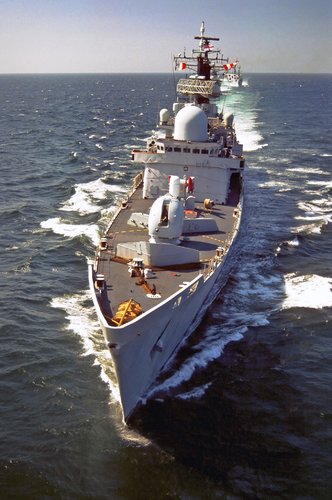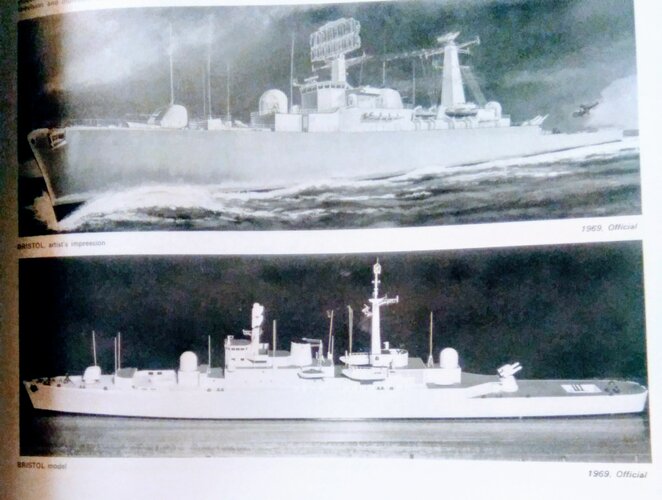- Joined
- 22 April 2012
- Messages
- 2,272
- Reaction score
- 2,043
I am trying to get to the truth behind the story about the Type 42 ending up with a hull shorter than the designers wanted. The sources that I have available are contradictory. Norman Friedman states that there is no indication that the Type 42 was shortened from the a preferred 434ft (the length of the Batch 3 ships, which were also 2 ft wider) in the design phase. However, R.J Daniel, in his book, is explicit that not only was the design shortened but that he argued against the decision and took great delight in correcting it with the Batch 3 ships though he does not mention what the length of the original proposal was. I have seen a number of books over the years that state that the Batch 1 ships were 30ft (which would have made them 422ft) shorter than the designers wanted. Does anybody know the truth behind this?
Last edited:














